Jenna Rayburn from Speech Room News asked all of us bloggers what our favorite games were to use in speech. She's starting a new feature called Love It & List It linky party. We wanted to join in on the fun so we decided to reshare our top ten favorite games to play in speech list. It's below!
It was very hard to choose just 10! We knocked it down from an original list of 30! Other games that get an honorable mention from us are:
Cariboo, Chutes and Ladders, Operation, deck of cards, Uno, Guess Who, Don't Break the Ice, Twister, Scrambled Eggs, Don't Say It, AB Seas, Scrabble Alphabet Soup, Don't Spill The Beans, Sequence for Kids, Guess Who, HedBanz, Hi Ho Cherry-O, Let's Go Fishin, Trouble, Jenga, Sorry, Monkeying Around, Checkers, Connect Four, Would You Rather?, and good ole Candy Land!
Our top 10 favorite games all promote movement, turn-taking (so we can target a speech goal while playing them), and bring a fun challenge of some sort to the therapy room. The kids love them and so do we!
And the TOP 10 LIST IS...
DRUM ROLL HERE PLEASE!
1. Kerplunk-
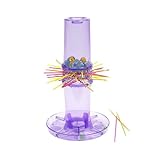 $16.97 at Amazon
$16.97 at Amazon2. Hold on Scooby Doo
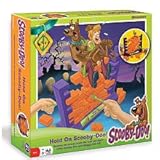 $14.44 at Amazon
$14.44 at Amazon3. Honeybee Tree
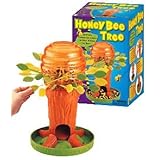 $13.99 at Amazon
$13.99 at Amazon4. Pop Up Pirate
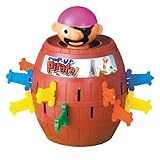 $22.89 at Amazon
$22.89 at Amazon5. Pop The Pig
 $29.99 at Amazon
$29.99 at Amazon6. Rhino Rampage
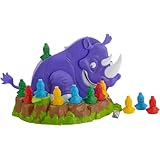 $17.99 at Amazon
$17.99 at Amazon7. Topple
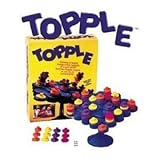 $8.68 at Amazon
$8.68 at Amazon8. Lucky Ducks
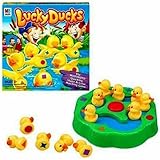
$16.06 at Amazon (Sesame Street Edition)
9. What's In Ned's Head
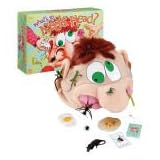 $34.95 at Amazon
$34.95 at Amazon10. Crocodile Dentist
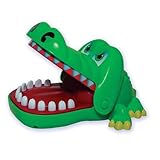 $9.99 at Amazon
$9.99 at AmazonWe hope you find this list helpful! Perhaps there's a game or two that you didn't know about or one or two that you've been meaning to purchase for your therapy room?
ALWAYS IN SPEECH AND LANGUAGE FUN,
Shanda and Manda, SLP's


How do you make these games work for your speech goals such as artic?
ReplyDeleteWe will place objects, therapy cards, worksheets, and sometimes even the iPad next to us while we are playing the games. We simply ask for a repetition, a label, or an answer to a question before the child takes his or her turn. Sometime we can take the language right out of the game too. We can work on concepts and prepositions such as, "in", "out", "bottom", "on top". We can label colors, talk about the shapes and the objects, we expand on their conversational speech etc... Really the possibilities are endless and this post would go on for a few pages if I wrote out all of the ways we elicit responses during games. Thanks for your question and have a great day!
ReplyDeleteGlad you liked it! Thank you for letting us know.
ReplyDelete